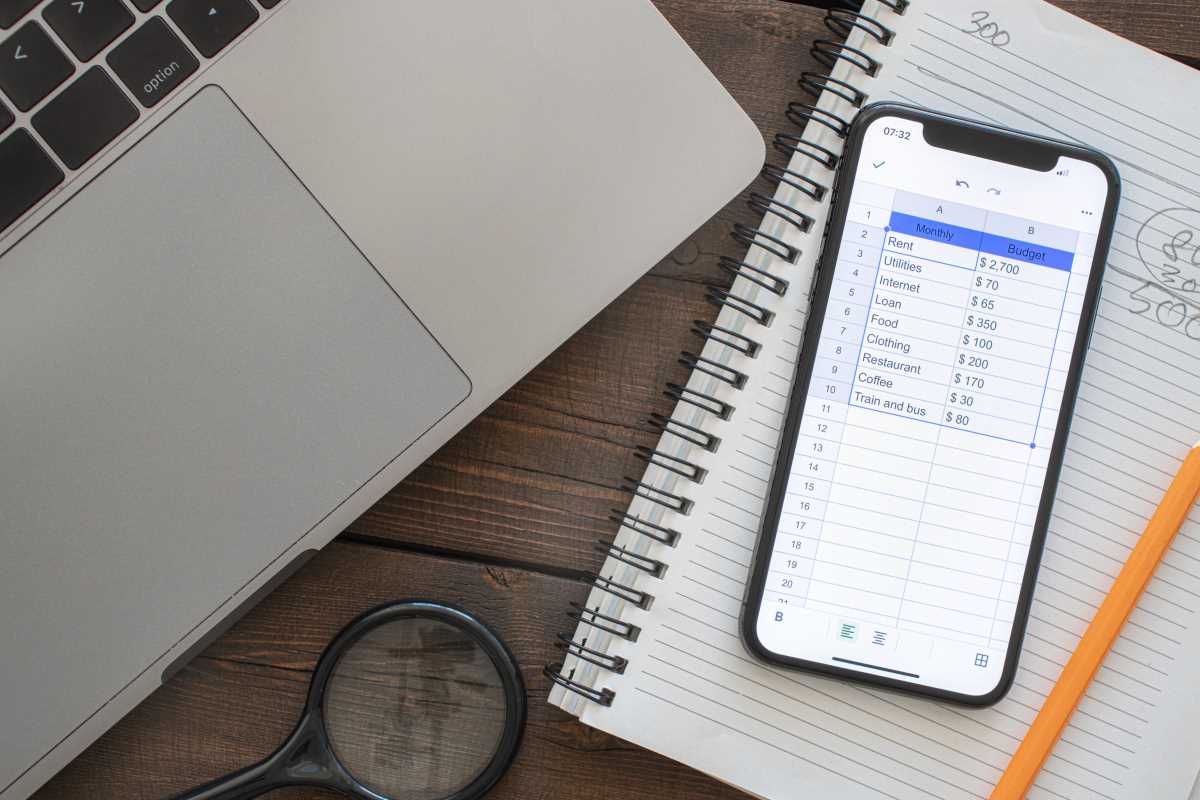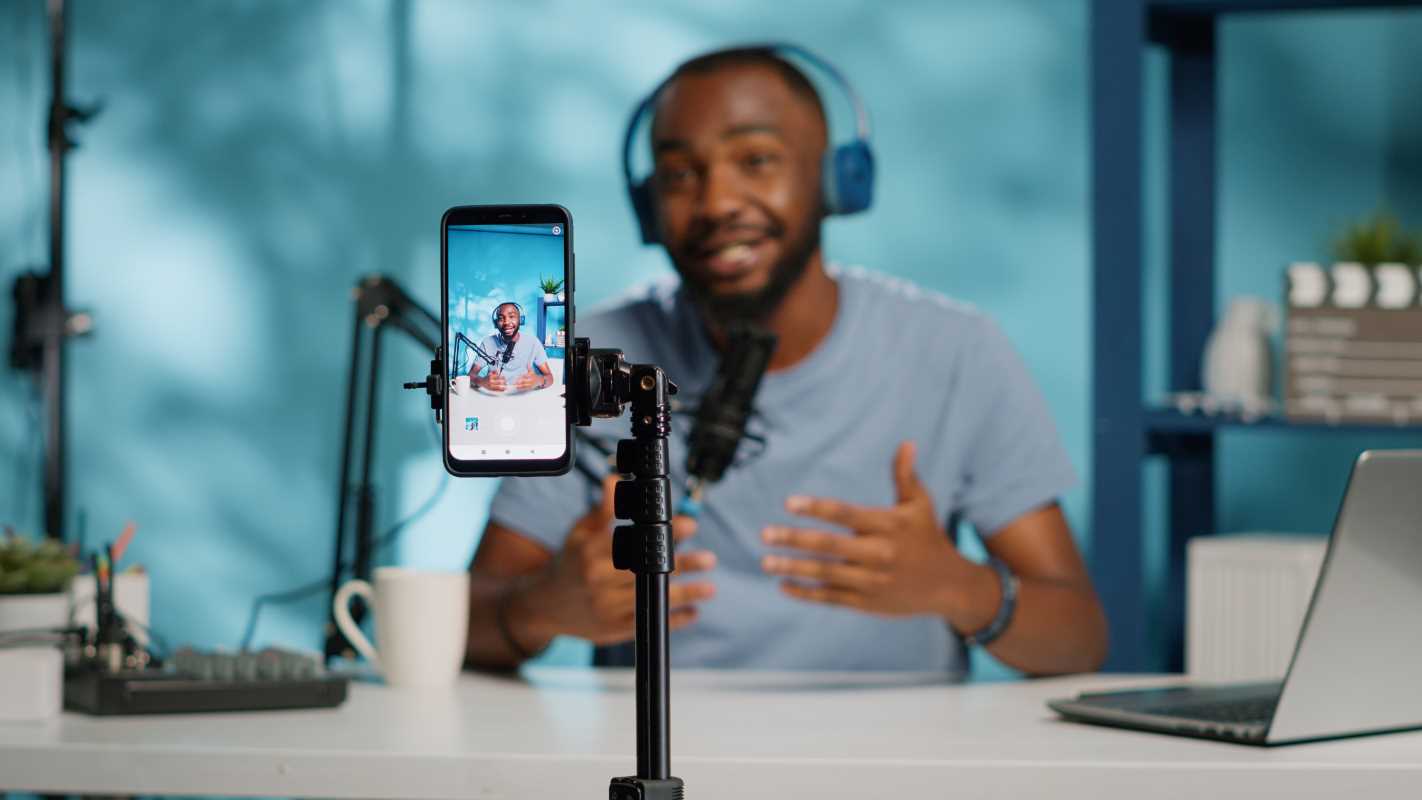Keeping track of your finances often feels overwhelming, especially when you’re juggling bills, expenses, and savings goals. Reliable organization makes a big difference, allowing you to see exactly where your money goes and avoid surprises. Simple, effective tools can bring order to your financial routine, making it easier to manage regular payments and set aside money for the future. Selecting a digital assistant that fits your needs helps you monitor bills and make smart financial choices with less stress. Explore the world of personal finance tools to find new ways to streamline your budget and take control of your money.
Instead of juggling spreadsheets or scribbled notes, modern solutions offer intuitive interfaces and customizable features. From visual charts to automated alerts, these apps guide you through small steps that add up to big results. You’ll learn how to match the right app’s strengths with your unique habits and goals, making money management feel almost effortless.
Ways to Organize Your Spending More Effectively
Instead of listing generic benefits, think about how automated reminders change your mindset when bills arrive. A gentle nudge before a due date prompts you to act without the stress of late fees. Visual snapshots of weekly cash flow turn abstract numbers into patterns you can change. When an app color-codes spending categories based on your personal preferences, you see where you tend to linger or overspend—and you adapt without feeling judged.
Think of budgeting as a toolkit you shape over time. One feature might let you set up micro-savings rounds: it rounds up every purchase to the nearest dollar and saves the spare change. Another could provide a simple dashboard showing your top three spending categories this month, letting you zoom in to tweak habits. These small adjustments create a foundation for lasting confidence and clarity around your finances.
Developing a Clear Spending Mindset
True organization starts with language that makes you feel empowered. Label your expense categories in ways that resonate—“self-care,” “home upgrades,” “family fun” instead of vague labels. When the app speaks your personal vernacular, tracking becomes intuitive. Likewise, setting tiny milestones—like saving $10 each week toward a weekend getaway—creates motivation cycles you can actually complete.
Visual cues have a real impact. Flagging a category icon with a calming pastel or a vibrant accent makes reviewing spending more inviting. Progress bars that fill as you approach your financial goals keep you motivated with small wins. By weaving these elements into your daily review, you’ll build a positive relationship with your budget rather than treating it as a chore.
Daily Tracking Techniques
Follow these steps to establish a consistent review habit:
- Create a daily check-in ritual: open your app first thing with coffee or at the end of your workday.
- Use at least three expense categories that reflect your lifestyle—this simplifies rather than overwhelms.
- Set a weekly review reminder: block fifteen minutes on your calendar to scan alerts and adjust categories.
- Keep notifications minimal: limit alerts to bill deadlines and unusual spending spikes.
- Reflect on trends: jot down one sentence in a notes field about any surprising pattern you notice.
By making tracking feel like a quick daily habit instead of a marathon session, you’ll create momentum that sticks. Over time, these small actions will turn into a method you hardly notice—yet they significantly improve your financial health.
Essential Features of Money Management Apps
- Budget Categorization Tool
- Purpose: break down income into meaningful groups you control
- Steps:
- Open your chosen app and tap Add Category
- Name your category with personal labels
- Assign spending limits or desired balances
- Review weekly summaries to stay within each limit
- Availability: free in most apps; premium plans $5–$15/month
- Insider Tip: start with combined categories, then split later to reveal detailed spending trends
- Automated Round-Up Savings
- Purpose: passively grow a savings buffer without manual transfers
- Steps:
- Link a debit or credit card in the app’s settings
- Enable Round-Up feature
- Choose rounding method (nearest dollar, $5 increments)
- Monitor savings balance weekly
- Cost: included in most free tiers; some caps for premium users
- Insider Tip: assign round-ups to a dedicated goal (e.g., self-care fund) for frequent small wins
- Custom Alert Manager
- Purpose: deliver only meaningful notifications that prompt timely action
- Steps:
- Open Alert Settings and disable generic updates
- Select Bill Reminders, Budget Exceeded, Goal Milestones
- Set custom times to avoid midday clutter
- Test with a small transaction to confirm timing
- Availability: standard in nearly all free budgeting apps
- Insider Tip: use silent push alerts—visible on lock screen without disruptions
- Multi-Account Dashboard
- Purpose: consolidate checking, savings, and credit cards into one view
- Steps:
- Navigate to Add Account
- Enter credentials or connect via bank API
- Categorize each account by type
- Pin favorite accounts to the top
- Cost: free for basic dashboards; advanced analytics under $10/month
- Insider Tip: use fun icons/emojis for accounts to make daily check-ins faster
- Custom Goal Tracker
- Purpose: visualize and track savings progress
- Steps:
- Tap Create Goal and name clearly
- Set a target amount and deadline
- Allocate recurring transfers or round-ups
- Enable notifications at 25%, 50%, and 90% progress
- Availability: free in basic plans; premium allows unlimited goals
- Insider Tip: attach a motivational image or note (e.g., dream vacation photo) to keep focus strong
These tools work together: categorize spending, save passively, and stay on top of bills without stress. When you set up each feature carefully, you’ll shift from reactive to proactive money management quickly.
Maintaining Smarter Financial Habits
Track daily spending, review monthly trends, and adjust budgets quarterly to stay on target. Combine digital tools with occasional offline reflections to uncover fresh insights. With consistent organization and reminders, budgeting becomes a confident, adaptable habit that supports your goals.







